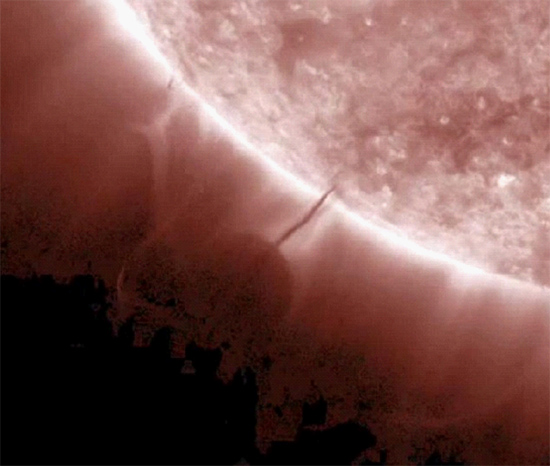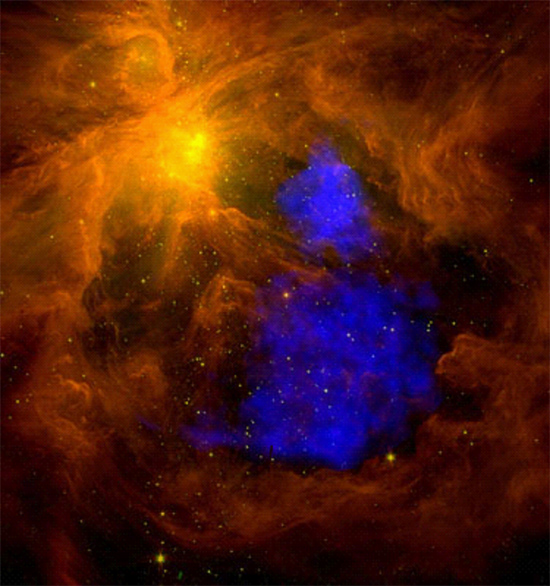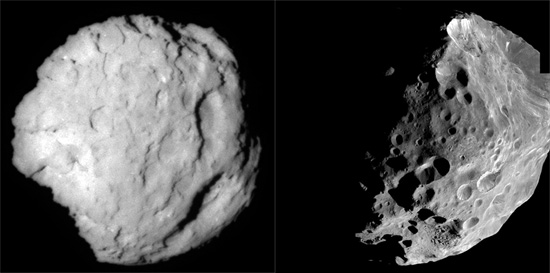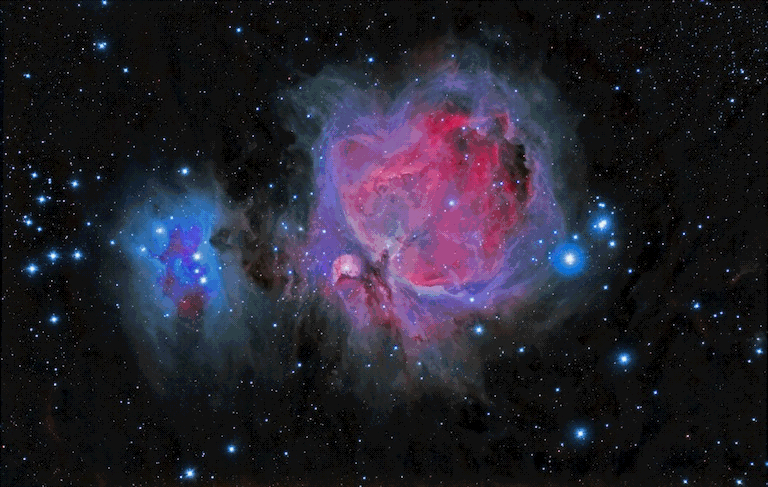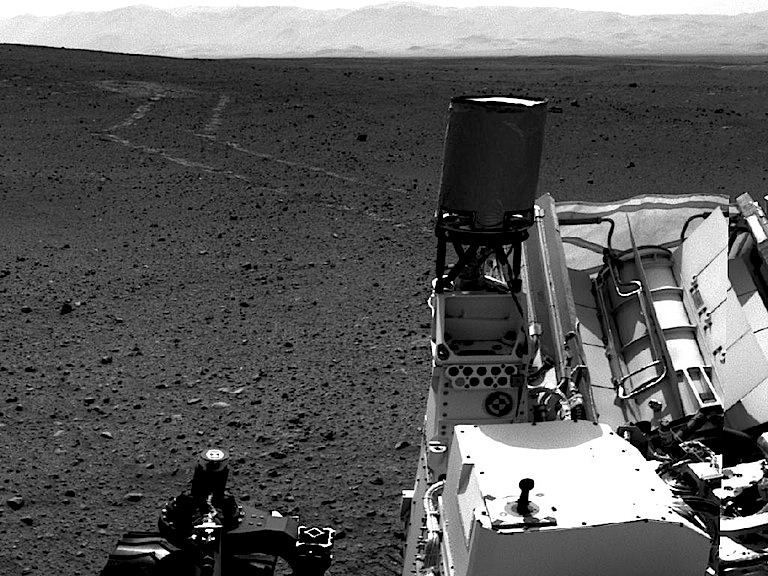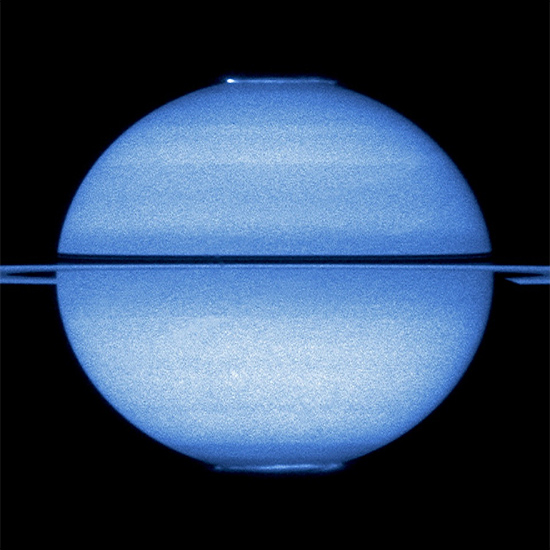Stars that Warp Space and Time
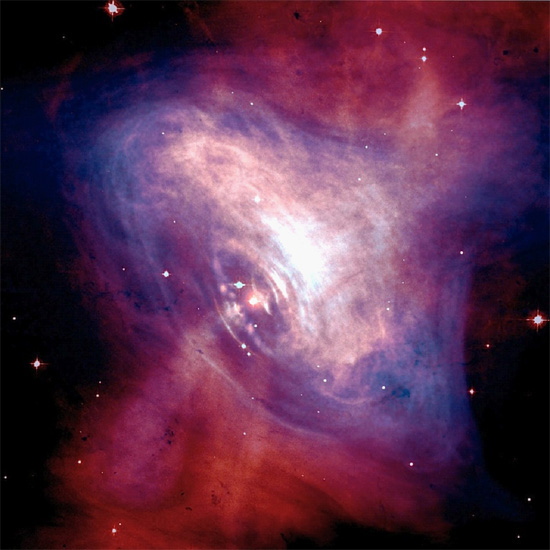
Sep 24, 2012 Could there be “warped space-time” around so-called “neutron stars”? The smeared lines of an iron spectrum have given astronomers another mystery to solve when it comes to explaining the Universe. Using the XMM-Newton and the JAXA/NASA X-ray observatories, high-velocity particles in orbit around Serpens X-1 seem…






